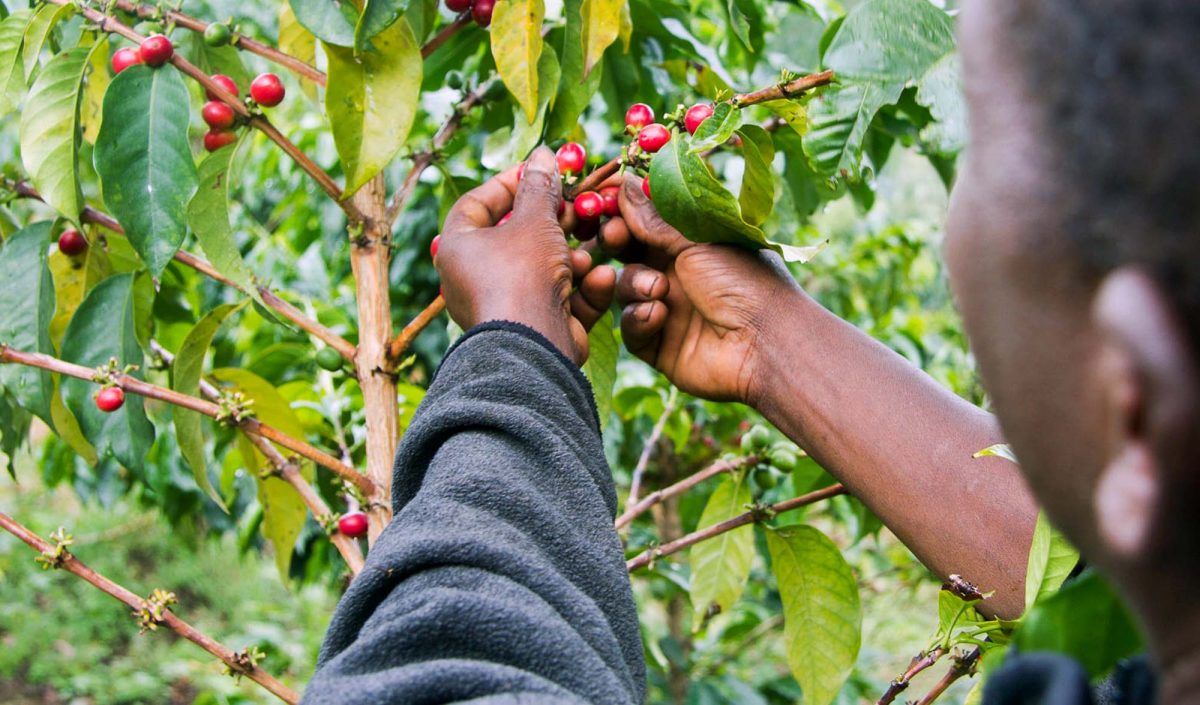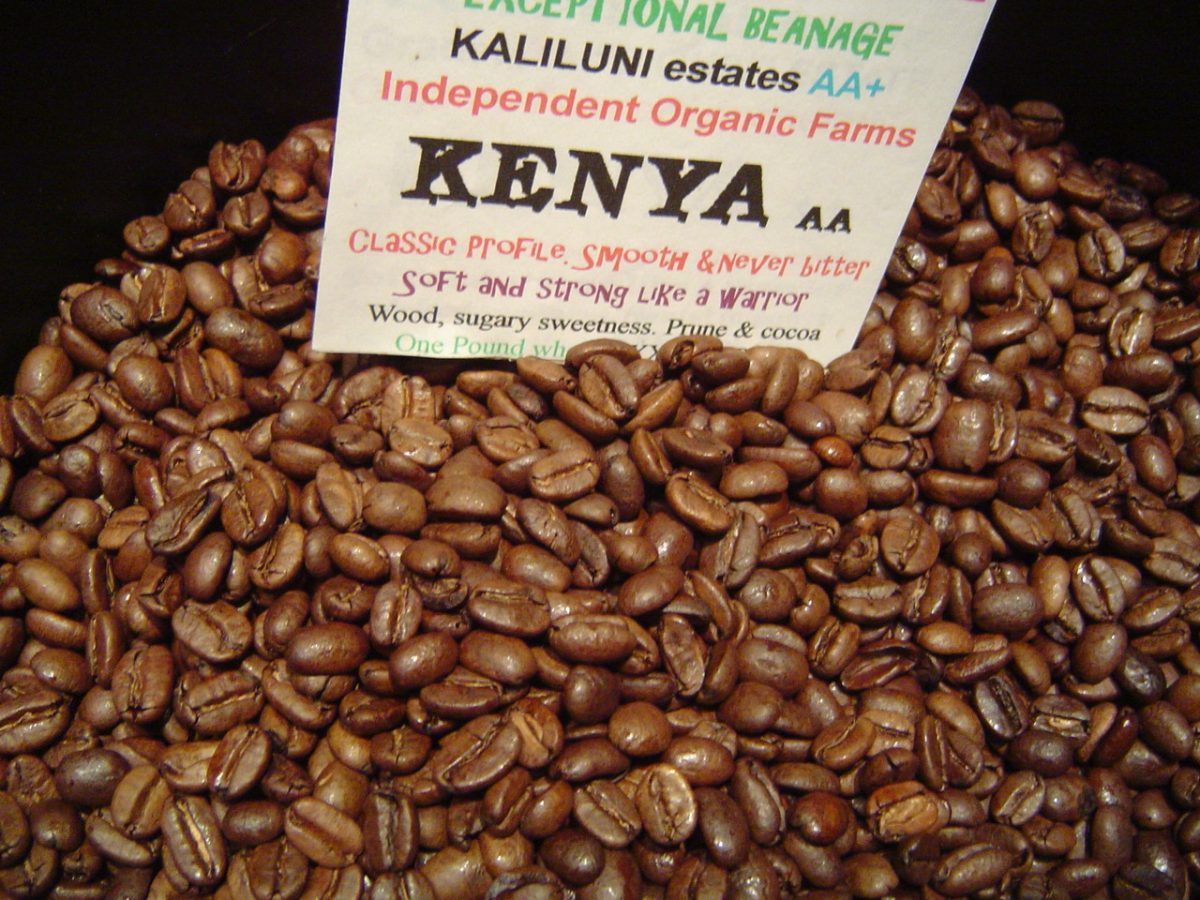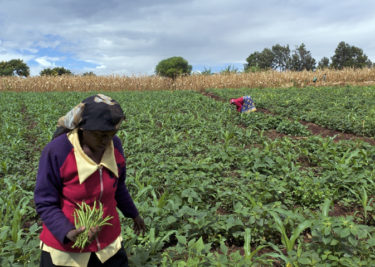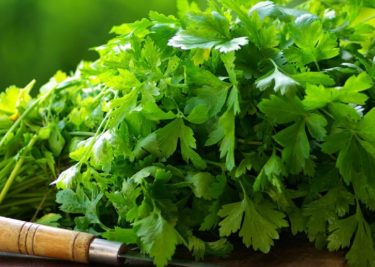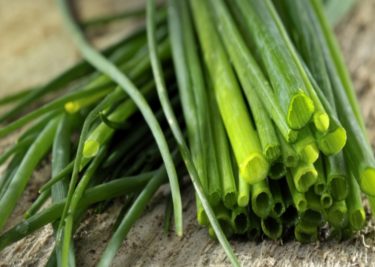Kahawa ni ya Kwetu!

Rich volcanic soils from across Africa have contributed to our standing as one of the best producers of the global favourite morning beverage. Kenya AA is a premier product in coffeehouses of the world. There are 60 coffee species found on the planet and four are indigenous to our continent. Coffee was first discovered in Ethiopia and from there its popularity has spread across the world. Kenya grows Coffea Arabica, a popular strain that accounts for 80% of the coffee produced globally.
Funny enough, coffee arrived in Kenya through a rather circuitous route – missionaries in the 1800s organised for the transportation of a fresh supply of coffee beans from Brazil unbeknownst that further north, in the Ethiopian highlands was a plethora of coffee plantations to cull from! Kenya’s first kahawa field was planted in the Taita Hills in 1893 from where it moved to Kibwezi seven years later and thereafter Kikuyu in 1904. But Coffee was always a politically-charged crop: for a long time it could only grown by white settlers but, after the freedom fights of the 1950s, in 1960 indigenous Kenyans were finally given a chance to grow, harvest and sell coffee beans. Coffee estates are in plenty in central Kenya where the altitude is more than 2,000 feet above sea level. Harvesting takes place primarily once – at the end of the year, but can be stretched to include a secondary harvest around April. Surprisingly the bean that is synonymous with coffee starts off as a tiny bud, that transforms into a beautiful white flower, which dries out after just two weeks and in its place is found the beginning of a berry. The berry slowly ripens from green to red with the entire process carefully monitored by the farmer. Harvesting happens when the berries are red and they are taken to a sorting station and from there the berries are pulped and finally the coffee bean appears. Drying is the final stage and this is where grading of the various beans happens – grades one, two, three or buni. The best of the best “green” parchment makes it to the warehouse where it begins its finally journey to the familiar nutty brown roasted coffee bean we all know.
Kenyan coffee has been ranked among the top ten best coffees around the world for the past five years and it brings in significant resources to farmers and their families. Kweli, kahawa ni ya kwetu!
- Photo Copyright: Ebru
- Photo Copyright: Lost Dog Coffee
- Photo Copyright: Kenya Brand Coffee

